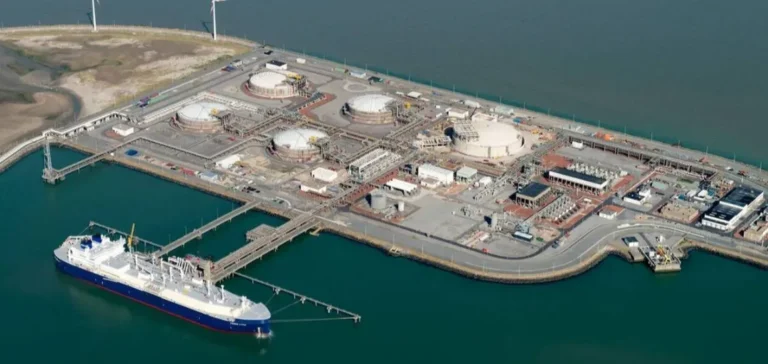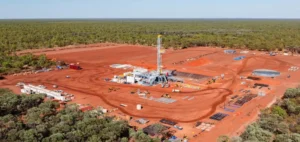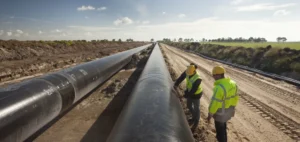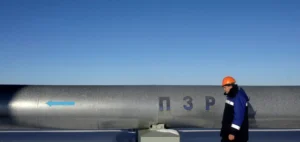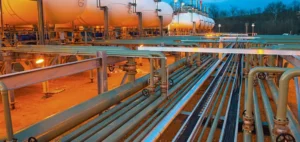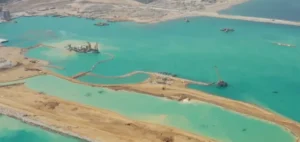Petroliam Nasional Berhad (Petronas), Malaysia’s state-owned company, has offered up to five liquefied natural gas (LNG) cargoes for sale, scheduled for delivery between November and December, according to Asian LNG market operators. The cargoes originate from two production sites: the onshore Bintulu complex and the PFLNG Dua floating unit.
The volumes were marketed through three separate tenders issued during the week of October 13–17. The first tender, which closed on October 15, involved two cargoes for early and mid-December delivery. A second tender was awarded for a shipment scheduled in the first half of December. The third tender, expected to close on October 17, involves two November delivery cargoes.
Deliveries in line with market benchmarks
According to several market sources, the early December cargoes were awarded at a slight discount to the Japan Korea Marker (JKM), while the mid-December shipment was sold at parity with this regional benchmark. Petronas has not issued an official comment regarding these transactions.
Petronas’ spot market strategy follows a period of inactivity in this segment. From January to September, the company sold 11 cargoes on the spot market, all transacted in the first half of the year. This new round of tenders signals the company’s return to short-term trading.
Strengthened logistical capacity
Loading operations are planned from two different infrastructures: Bintulu, the country’s main LNG export hub, and the PFLNG Dua floating facility, deployed to enhance logistical flexibility. This type of infrastructure enables direct delivery to regional buyers while reducing reliance on onshore terminals.
Malaysia holds an estimated LNG export capacity of 30mn tonnes per year. Petronas, the country’s leading gas sector operator, relies on commercial partners in East Asia for the majority of its contracts, combining long-term agreements with opportunistic spot trading.


